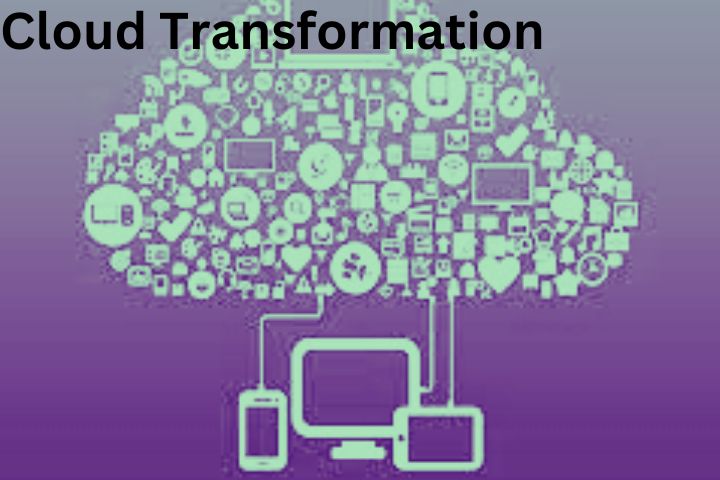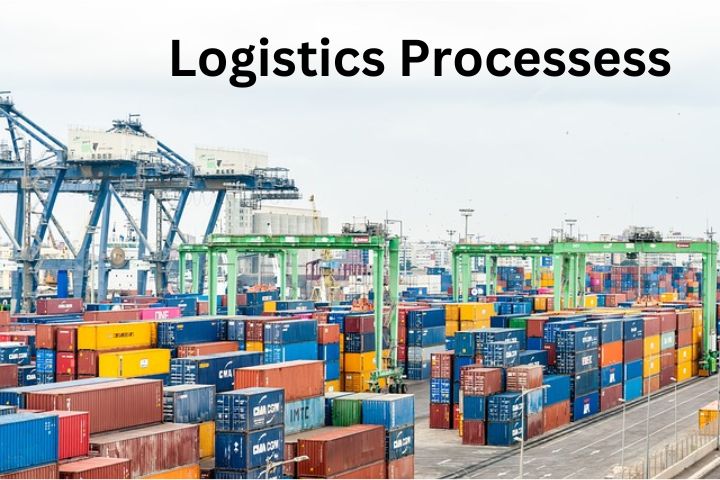
There will be a lot going on in the multi-cloud area this year. This could lead to increased multi-cloud use, specialized clouds, and a focus on compliance. Seven trends will have a lasting impact on the IT industry and companies.
Increasing use of multi-cloud environments, industry-specific and specialized clouds, and an increased focus on compliance. But in the end, it always depends on trained and technologically well-equipped employees.
Multi-cloud accelerates data-driven innovation.
As multi-cloud becomes essential for day-to-day business data needs, organizations are storing more and more data in multi-cloud environments via a “storage-as-a-service” model. However, many companies are confronted with excessively high costs. Therefore, companies will focus on cloud services that increase consistency and cost predictability in uncertain economic conditions. They will also reduce complexity and allow easier data flow across multiple clouds. This way, data-driven innovations can be achieved more easily, faster, and cost-effectively.
Multi-cloud becomes local, enabling higher-capacity data analysis.
More companies will choose data storage options at the metro edge. Storing large amounts of data close to where it is created and needed enables the very low latencies required for large data analysis workloads. Faster analysis with larger datasets leads to better machine learning models and, ultimately, more innovation and better, more timely decisions.
Industry-specific clouds unleash innovative power.
Cloud service providers will offer more industry-specific clouds and services to enable compliance in highly regulated industries. Compliance with regulations not only reduces safety risks but also increases efficiency. It enables knowledge sharing and implementation of common systems and controls across the organization. Therefore, Industry-specific clouds will become more important as companies expect their cloud service providers to enable compliance and innovation.
Decentralized cloud systems compete with public clouds.
Organizations looking for flexible, cost-effective data storage options increasingly turn to specialized, decentralized cloud systems instead of vertically integrated public clouds. This shift will allow smaller cloud providers with specialized services to compete alongside the big players. Users will have more options and better access to innovation at lower costs.
Skilled IT staff are more innovative.
The IT staff plays a crucial role in all processes – from production on the factory floor to the collaboration tool in the home office. Companies should rely on training and further education to promote and retain employees in the IT department. But also invest in tools that offer more transparency and security. Companies with a strong IT department provide their workforce with useful tools to remain innovative despite economic challenges.
More transparency into multi-cloud providers’ tech stacks
Increased government security regulations and customer concerns about software vulnerabilities force software vendors to provide more transparency and insight into their tech stacks. The increasing pressure also means that customers are demanding more openness, transparency, and new methods for evaluating IT purchasing decisions from storage-as-a-service providers – also on the cost side.
Focus on data classification due to impending fines.
Data handling in different areas (personal data, healthcare, finance, etc.) is regulated differently depending on the industry and location. Because there is often no consistent classification strategy, organizations risk hefty fines if employees accidentally mishandle data. To avoid this, progressive companies ensure closer collaboration between their security teams and the departments that handle sensitive data. An “outside” view of the security architecture from external consultants and industry partners can also be helpful.









